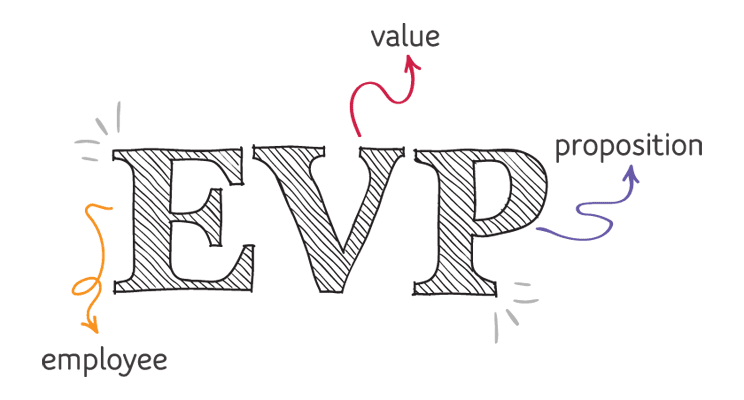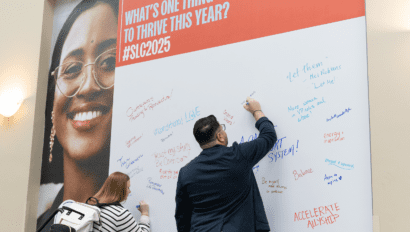Research & Insights
What on Earth is an Employee Value Proposition — and How to Maximize It

Featuring
Stuart Kliman
Strategic Advisory Board Member Stuart Kliman shares his take on EVP and how critical it is to team success.

The notion of an “employee value proposition,” or EVP, is one which many HR and DEI professionals know well. That said, people are not always sure how to describe what EVP is, why it’s important, and how to maximize it as a leader.
What is EVP?
For my firm—Building Industry Partners (a private equity organization focused on the building industry)—the “employee value proposition” (EVP) is defined simply as what employees see as being of most value to them in the short- and long-term. We find that five categories of employee value best describe the concept: 1) financial security, 2) career resilience, 3) advancement opportunities, 4) engagement and 5) wellness. Although many believe that having a strong EVP is in and of itself an appropriate end goal—a view to which we also subscribe—we believe that enhancing the EVP is also among the best means to achieving great business results.
Why EVP is so important
Numerous studies show the connection between a strong employee value proposition and strong “human capital management” (HCM) programs and practices. We believe that the most significant success factor for organizations is to embrace and act on this critical connection. It’s what we call an EVP/business results “virtuous cycle.” When this virtuous cycle is working well, the results can be pretty powerful:
- higher rates of productivity
- greater financial return
- lower turnover
- enhanced innovation
- higher rates of customer satisfaction and retention
- higher degree of workplace safety and/or lower incidence of safety issues
The EVP is also an excellent tool for diagnosing employee needs and planning for how an organization can more successfully 1) attract, develop, and retain its people; 2) tap into both the demonstrated and latent capabilities of those people for significantly enhanced business outcomes; and 3) increase the size of its labor pool and its diversity.
How to maximize EVP
What does this looks like in practice? It’s all about working with your leaders to consider and then implement policies and practices that enhance the employee value proposition and simultaneously support business goals. That entails regularly asking, and implementing the answers to the following people-oriented questions related to your business goals:
Financial Security: What can we do to continue to enhance our employee’s financial security? Are there ways we can tap into employee thinking about business enhancements and then have them participate in the value created based on their ideas? What can we put in place that will help employees feel more financially secure if and as the business becomes more so over time?
Career Resilience: What can we put in place to help our employees be more resilient – able to withstand the ups and downs of the industry? How can we do that in ways that stimulate them to be more productive and enthusiastic contributors to firm success?
Advancement Opportunities: What can we do to support our employees in their career goals within the organization? How can we ensure they know how they are viewed, know how we view their potential, are getting the coaching, feedback, and opportunities they need to advance in ways that are good for them and of value to the company?
Engagement: How do we ensure that our employees feel connected to and energized by what we are trying to accomplish as a firm? How can we best tap into their passions and predilections in ways that both excite them and will help us grow and sustain?
Wellness: What can we put in place to support the safety and physical and mental health of our people and their families?
There are, of course many, many possible answers to the above questions, and making choices about those answers is both complicated and important – especially as some involve hard costs, some soft, and all require company commitment to effectively implement. The answers can also show up in many different organizational components, including:
- Day to day management behaviors
- Communication choices – what to communicate, cadence of communication, extent to which communication is one way or binary, communication mechanisms
- Benefits and compensation policies
- Mechanisms for employee inclusion and participation
- Performance management and development processes and support
Enhancing DEI efforts with EVP
Finally, the EVP framework can also be used to support DEI efforts with underrepresented communities: sponsorship and mentorship programs, mitigating bias in the hiring and promotion process, fostering inclusion, wellness of specific communities. Best practice is always to integrate your DEI initiatives into your broader people support efforts using one framework— the EVP— when considering all HCM related discussions. That way you’re sure to maximize the power of this amazing tool.




